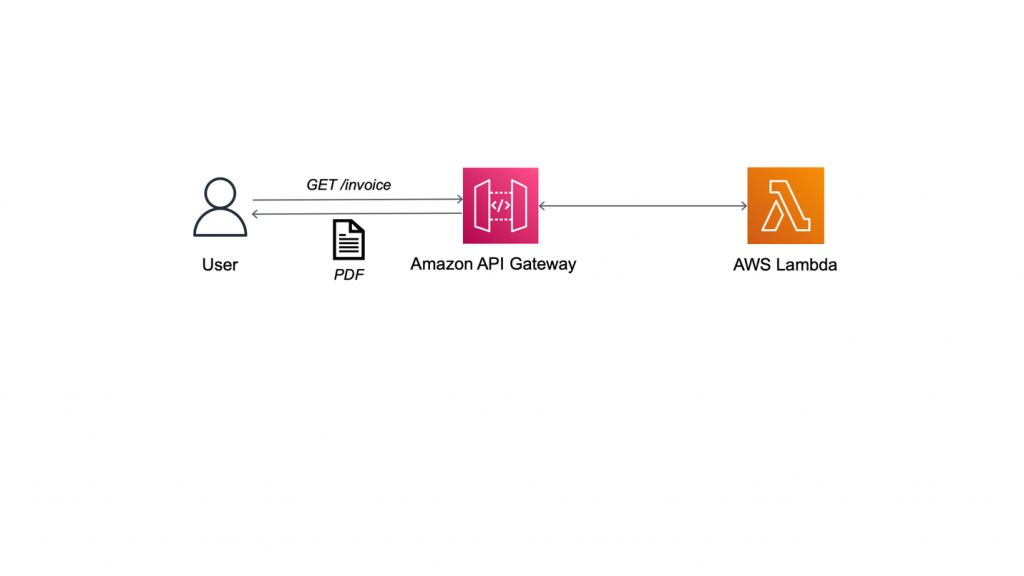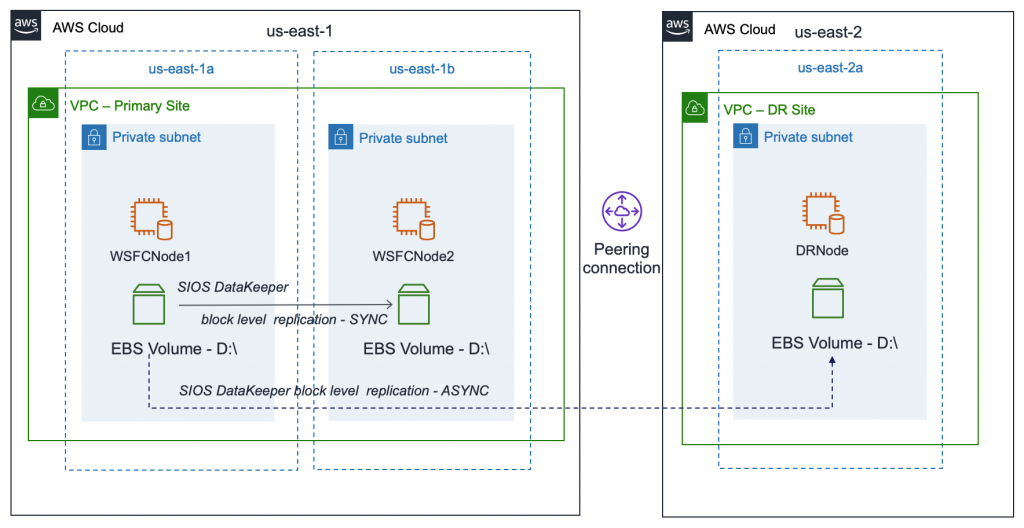AWS Architecture Blog
Category: Compute
Augmenting VMware Cloud on AWS Workloads with Native AWS services
VMware Cloud on AWS allows you to quickly migrate VMware workloads to a VMware-managed Software-Defined Data Center (SDDC) running in the AWS Cloud and extend your on-premises data centers without replatforming or refactoring applications. You can use native AWS services with Virtual Machines (VMs) in the SDDC, to reduce operational overhead and lower your Total […]
Field Notes: Deploy and Visualize ROS Bag Data on AWS using rviz and Webviz for Autonomous Driving
In the automotive industry, ROS bag files are frequently used to capture drive data from test vehicles configured with cameras, LIDAR, GPS, and other input devices. The data for each device is stored as a topic in the ROS bag file. Developers and engineers need to visualize and inspect the contents of ROS bag files to identify […]
How IPONWEB Adopted Spot Instances to Run their Real-time Bidding Workloads
IPONWEB is a global leader that builds programmatic, real-time advertising technology and infrastructure for some of the world’s biggest digital media buyers and sellers. The core of IPONWEB’s business is Real-time Bidding (RTB). IPONWEB’s platform processes, transmits, and auctions huge volumes of bid requests and bid responses in real time. They are then able to determine […]
Convert and Watermark Documents Automatically with Amazon S3 Object Lambda
When you provide access to a sensitive document to someone outside of your organization, you likely need to ensure that the document is read-only. In this case, your document should be associated with a specific user in case it is shared. For example, authors often embed user-specific watermarks into their ebooks. This way, if their […]
Queue Integration with Third-party Services on AWS
Commercial off-the-shelf software and third-party services can present an integration challenge in event-driven workflows when they do not natively support AWS APIs. This is even more impactful when a workflow is subject to unpredicted usage spikes, and you want to increase decoupling and fault tolerance. Given the third-party nature of services, polling an Amazon Simple […]
Field Notes: Three Steps to Port Your Containerized Application to AWS Lambda
AWS Lambda support for container images allows porting containerized web applications to run in a serverless environment. This gives you automatic scaling, built-in high availability, and a pay-for-value billing model so you don’t pay for over-provisioned resources. If you are currently using containers, container image support for AWS Lambda means you can use these benefits […]
Field Notes: Creating Custom Analytics Dashboards with FireEye Helix and Amazon QuickSight
FireEye Helix is a security operations platform that allows organizations to take control of any incident from detection to response. FireEye Helix detects security incidents by correlating logs and configuration settings from sources like VPC Flow Logs, AWS CloudTrail, and Security groups. In this blog post, we will discuss an architecture that allows you to […]
Field Notes: Implementing HA and DR for Microsoft SQL Server using Always On Failover Cluster Instance and SIOS DataKeeper
This blog post was co-written by Sudhir Amin, Sr. Solution Architect, AWS, and David Bermingham, Senior Technical Evangelist, SIOS Technology, Inc. To ensure high availability (HA) of Microsoft SQL Server in Amazon Elastic Compute Cloud (Amazon EC2), there are two options: Always On Failover Cluster Instance (FCI) and Always On availability groups. With a wide […]
Chaos Testing with AWS Fault Injection Simulator and AWS CodePipeline
The COVID-19 pandemic has proven to be the largest stress test of our technology infrastructures in generations. A meteoric increase in internet consumption followed, due in large part to working and schooling from home. The chaotic, early months of the pandemic have clearly demonstrated the value of resiliency in production. How can we better prepare […]
Optimizing your AWS Infrastructure for Sustainability, Part I: Compute
As organizations align their business with sustainable practices, it is important to review every functional area. If you’re building, deploying, and maintaining an IT stack, improving its environmental impact requires informed decision making. This three-part blog series provides strategies to optimize your AWS architecture within compute, storage, and networking. In Part I, we provide success criteria […]









